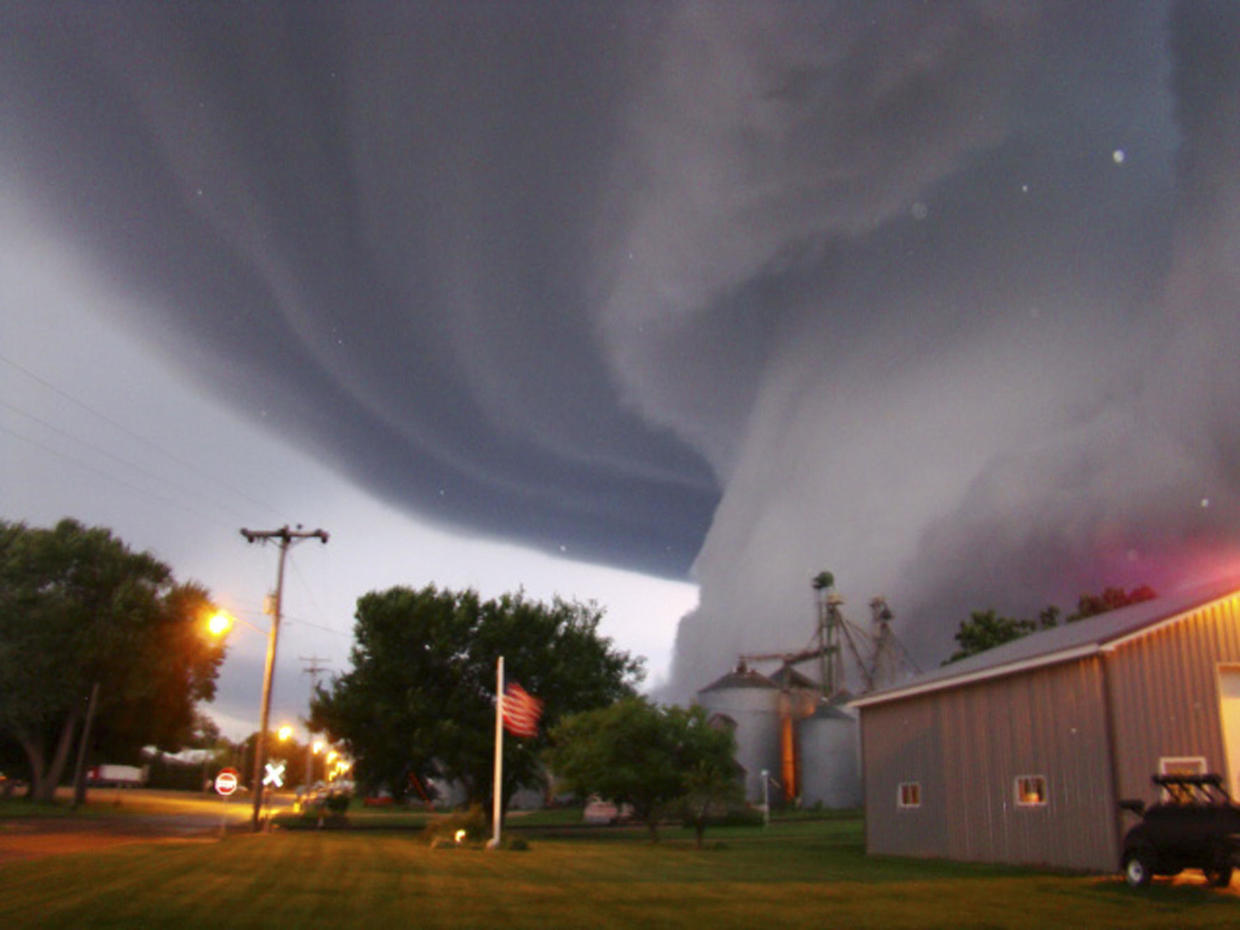Although it may come as a surprise, tornadoes pose a real threat to Floridians. According to the Tampa Bay Times, “Florida is No. 3 among all states for the average number of tornadoes each year at 66”. As we approach the warmest months of the year, it is imperative to be prepared. Destructive tornadoes are most likely to occur in Florida during the spring and summer, according to Florida State University.

Make sure your family is prepared
Tornadoes can strike without warning and the aftermath can be devastating. It is critical to make sure your family is prepared for the worst-case scenario.

Prepare an Emergency Kit
Prepare your emergency kit ahead of time to avoid a shortage of supplies. Your emergency kit should include:
- Water
- Canned or dried foods
- Medications
- NOAA weather radio
- Flashlight/ candles
- Waterproof matches/ lighters
- Can opener
- First aid kit
- Tool kit
- Personal hygiene items
- Whistle
- Sanitation supplies
- Extra batteries
- Backup charging device
Review important documents
Make sure your personal documents such as IDs are up to date. Keep laminated copies or store them in a digital cloud.
Designate a shelter room
If possible, take shelter in a storm cellar, basement, or room that does not have windows and is located on the lowest floor of the household. If you are in a mobile home or outside, identify the nearest building you can take shelter in. Try to get under something firm such as a table or mattress. Use whatever is available to protect your head.
Tune in for emergency weather alerts
A tornado watch means there is severe weather that could cause a tornado to form. A tornado warning means a tornado has been sighted or picked up by weather radar and you should take shelter immediately. Be sure to watch out for thunderstorm watches and thunderstorm warnings as well, as tornadoes usually accompany thunderstorms.
Know the signs of a tornado
The signs of a tornado can include a funnel-shaped cloud, dark or green-colored sky, a cloud of debris, large hail, or a loud roar that sounds like a freight train.
Educate your family.
Make sure your family members, including children, know the emergency plan, the difference between a tornado watch and a tornado warning, and the signs of a tornado.
Make sure your property is protected
Take the steps this tornado season to protect your home from extreme weather conditions that can quite literally, blow the roof off your house.

Review your insurance policy
Make sure your home insurance policy is up to date and determine if you need to purchase additional coverage for flooding or windstorm damage.
Take photos of your property
Greenberg Ramón-Alonso & Urbano recommends you take photos of your home before a natural disaster. We know that having photos of the property prior to any damages aids in the insurance claim being resolved more smoothly for the homeowner. Take photos of every part of your home, zoomed out to get the entire home or bedroom in the photo, and up close to get more detail.
Protect the exterior
Keep trees and shrubs trimmed to minimize flying debris. Bring loose, outdoor items inside your home.
Secure windows and entryways
Protect windows and doors by investing in impact-resistant glass, storm shutters, or plywood.
Call Greenberg Ramón-Alonso & Urbano
Too often, insurance companies deny or attempt to minimize the value of a homeowner’s claim when the conditions are perfectly valid and should be covered. Our extensive experience has taught us how to fight insurance companies and win. We can build the case you need to clearly show how the insurance company is violating the terms of your policy so that we can secure the full compensation you are entitled to. For a free consultation, call (305) 595-2400.


